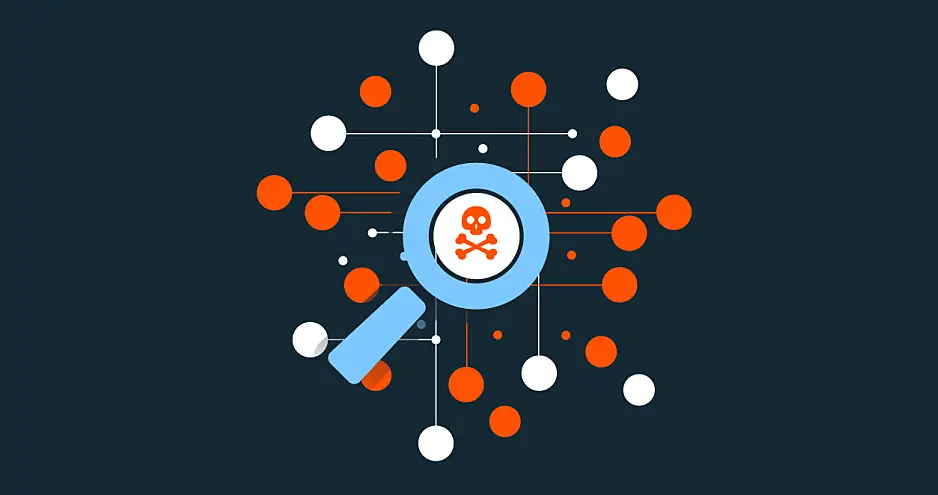
INTRODUCTION*
Malware analysis is a critical security process that can help protect against malicious attacks. Malware is any kind of malicious software designed to harm computer systems, networks, users, or data. It can be used to intercept confidential information, spread viruses, delete files, steal sensitive information from user devices and more. Malware analysis involves the investigation and identification of malware in order to determine its purpose and creator. Malware analysis is also used to identify vulnerabilities in systems so that they can be patched before an attack takes place.
THE WHY?
As cyber threats become increasingly sophisticated, businesses must stay ahead of the curve when it comes to protection. Traditional antivirus software may not always be enough to stop complex malware attacks since these programs only detect known threats. This makes malware analysis even more important as it helps organizations identify new unknown types of malware before they can cause data loss or other damage.
WHAT WE CAN DO?
Analyzing malware requires special tools and technical knowledge as well as an understanding of how malware works. The most common tools used for malware analysis are memory forensics tools, which provide visibility into system memory; disk forensic tools, which analyze disk images; reverse engineering toolkits; debugger-based tools; and automated sandboxes that create virtual environments in which the code can be safely executed without harming the underlying system resources. Analysts also use a variety of other techniques such as static code analysis, dynamic code analysis (running the program), emulation (capturing its behavior) and more.
SOLUTION
Once the analyst has identified a particular piece of malicious software, it must then be prevented from spreading further by blocking its actions with firewall rules or antivirus applications that contain signatures for known threats or other forms of prevention such as application whitelisting — only allowing known-good applications to execute on a device — sandboxing — isolating potential malicious processes from rest of the system—or content filtering—blocking access to malicious URLs before they can infect users’ machines. Security professionals should also take steps such as ensuring operating systems and applications are up-to-date with all available patches and using secure configuration practices to protect against new threats.
CONCLUSION
In conclusion, effective malware prevention begins with comprehensive threat detection through continuous monitoring of networks and user activities coupled with comprehensive vulnerability assessment and regular patching schedules for all key assets such as operating systems and installed applications. In addition, organizations should also ensure their IT staff have the knowledge required for performing efficient malware analysis so that potential threats can be identified quickly and appropriate measures taken once identified to prevent further compromise of information assets due to infection by malicious actors or failure to block related cyberattacks on time
Malware Analysis Jobs
Malware analysis is the most popular career in the world of reverse engineering. There is always something new and interesting happening which makes the job enjoyable long term. And there won’t be a shortage of jobs anytime soon, so if this is something that interests you, you should go all in. This is one of the easier cyber security careers to get into because there are so many job openings. You can learn the skills in 1-2 years and publish YouTube videos, some GitHub repos or a blog to show that you have the practical real world skills, meet some people and find yourself in a job pretty quickly if you know the right people. There is always something new to learn, but if you want to focus on the basics, check out the malware analysis tutorials at GuidedHacking.